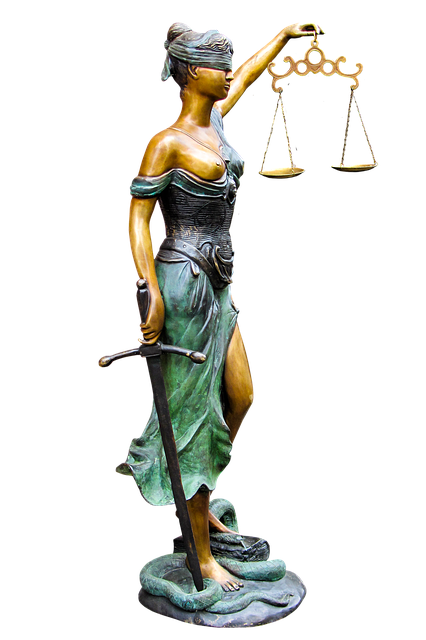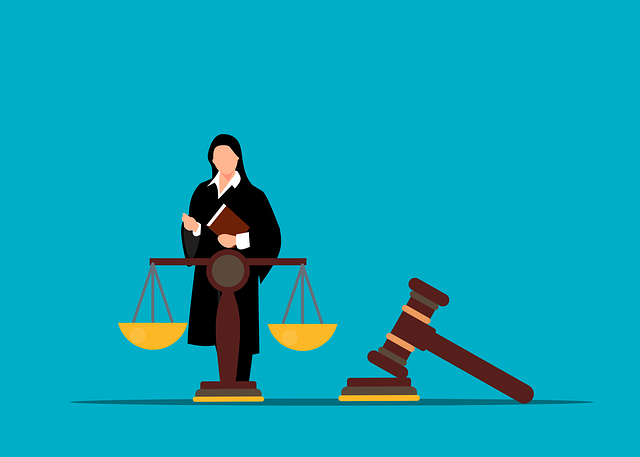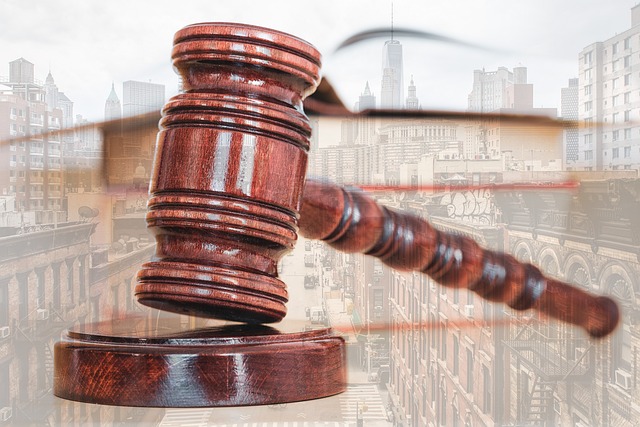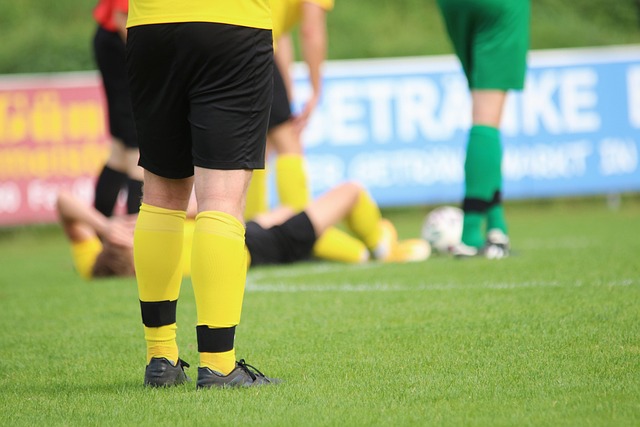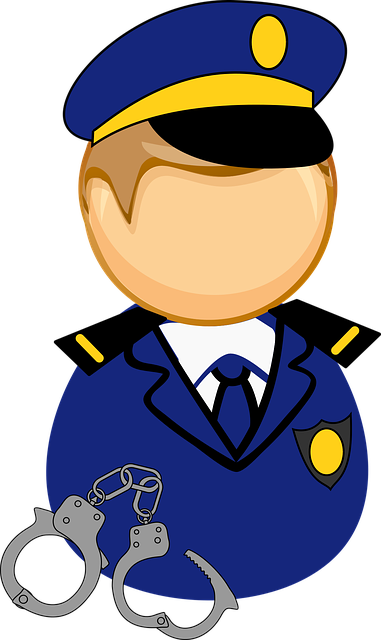To initiate successful injury mediation, gather comprehensive legal documents like medical records, witness statements, and insurance policies. Complex cases may require expert opinions and product testing reports. Meticulous preparation enhances mediation effectiveness, fostering productive discussions and increasing favorable outcomes. All parties must meet criteria for mediation, with a committed good-faith negotiation approach guided by an impartial mediator to resolve complex legal issues.
Starting an effective injury mediation process requires a clear understanding of the legal framework. This guide delves into the crucial steps of preparing for successful mediation, focusing on the essential legal documents, evidence gathering, and participant roles. By identifying the necessary paperwork, collecting relevant information, and comprehending mediator responsibilities, parties can navigate the injury mediation path efficiently. Ensure a smooth process by understanding these key aspects, ultimately fostering a constructive environment for resolution.
- Identify Necessary Legal Documents for Injury Mediation
- Gather Evidence and Supporting Materials
- Understand Participant Requirements and Mediator's Role
Identify Necessary Legal Documents for Injury Mediation

To initiate injury mediation effectively, it’s crucial to be prepared with the appropriate legal documents. These documents serve as the foundation for a successful mediation process, ensuring all parties involved have clear understanding and representation. Firstly, gather all relevant medical records pertaining to the injury or incident, as these play a significant role in determining damages and liability. Additionally, you’ll need a detailed account of the incident, including witness statements and any existing police reports.
Next, ensure you have the necessary contracts, agreements, and insurance policies related to the case. This may include medical service agreements, settlement agreements from previous claims, or even business partnerships if the injury occurred in a professional setting. For complex cases involving wrongful death claims or insurance coverage disputes, a qualified personal injury lawyer can help compile and authenticate these documents, ensuring they align with legal requirements and maximize your chances of a favorable outcome during mediation.
Gather Evidence and Supporting Materials
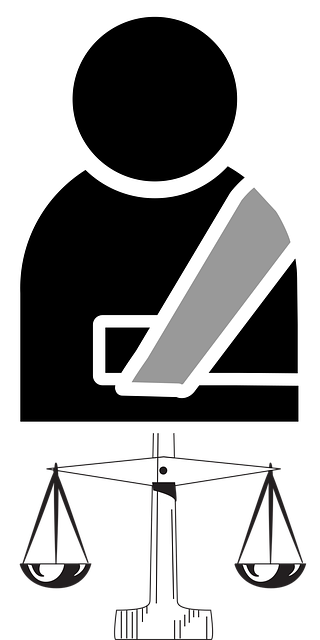
Before initiating injury mediation, it’s crucial to gather comprehensive evidence and supporting materials. This process involves collecting all relevant documents, medical records, witness statements, photographs, and any other proof that can bolster your case. In injury mediation, having strong evidence is essential for a successful negotiation and client recovery. It demonstrates the validity of your claim and helps set realistic expectations.
Additionally, when dealing with complex cases such as defective products or nursing home abuse, it becomes even more vital to assemble a robust dossier. These types of claims often require demonstrating liability and damages through expert opinions, product testing reports, and detailed documentation of the harm caused. Such thorough preparation facilitates productive discussions during mediation sessions and increases the likelihood of reaching a favorable outcome for all parties involved.
Understand Participant Requirements and Mediator's Role
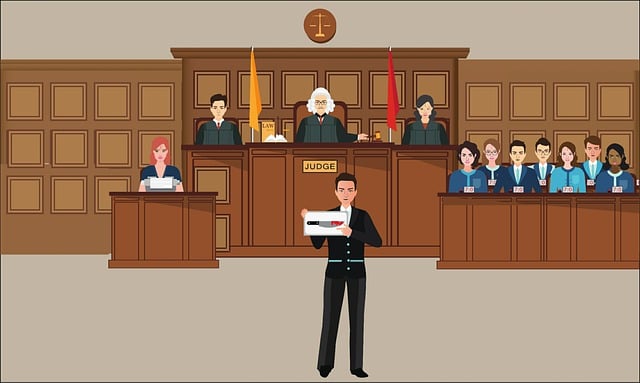
Before initiating injury mediation, it’s crucial to understand that all participants – from individuals involved in personal injury cases to representatives of businesses dealing with defective products or partnership disputes – must meet specific criteria. Each party should be willing to engage in good-faith negotiations and have a genuine interest in resolving the issue amicably. This means understanding both the legal implications and the potential benefits of mediation, as it’s not suitable for every situation.
The mediator plays a pivotal role in this process, acting as an impartial third party who facilitates communication and guides the discussion. They don’t make decisions but help participants reach a mutually agreeable solution. In cases involving caregiver negligence, for instance, the mediator ensures that all parties have a chance to express their concerns, while fostering an environment conducive to understanding and compromise. This professional guidance is essential for navigating complex legal issues effectively during injury mediation.
To initiate the injury mediation process effectively, it’s crucial to be prepared with the appropriate legal documents. By identifying the necessary papers, gathering relevant evidence, understanding participant obligations, and recognizing the mediator’s role, you’ll navigate the path to successful injury mediation. These steps ensure a structured and efficient resolution, allowing all parties involved to move forward with clarity and confidence.

